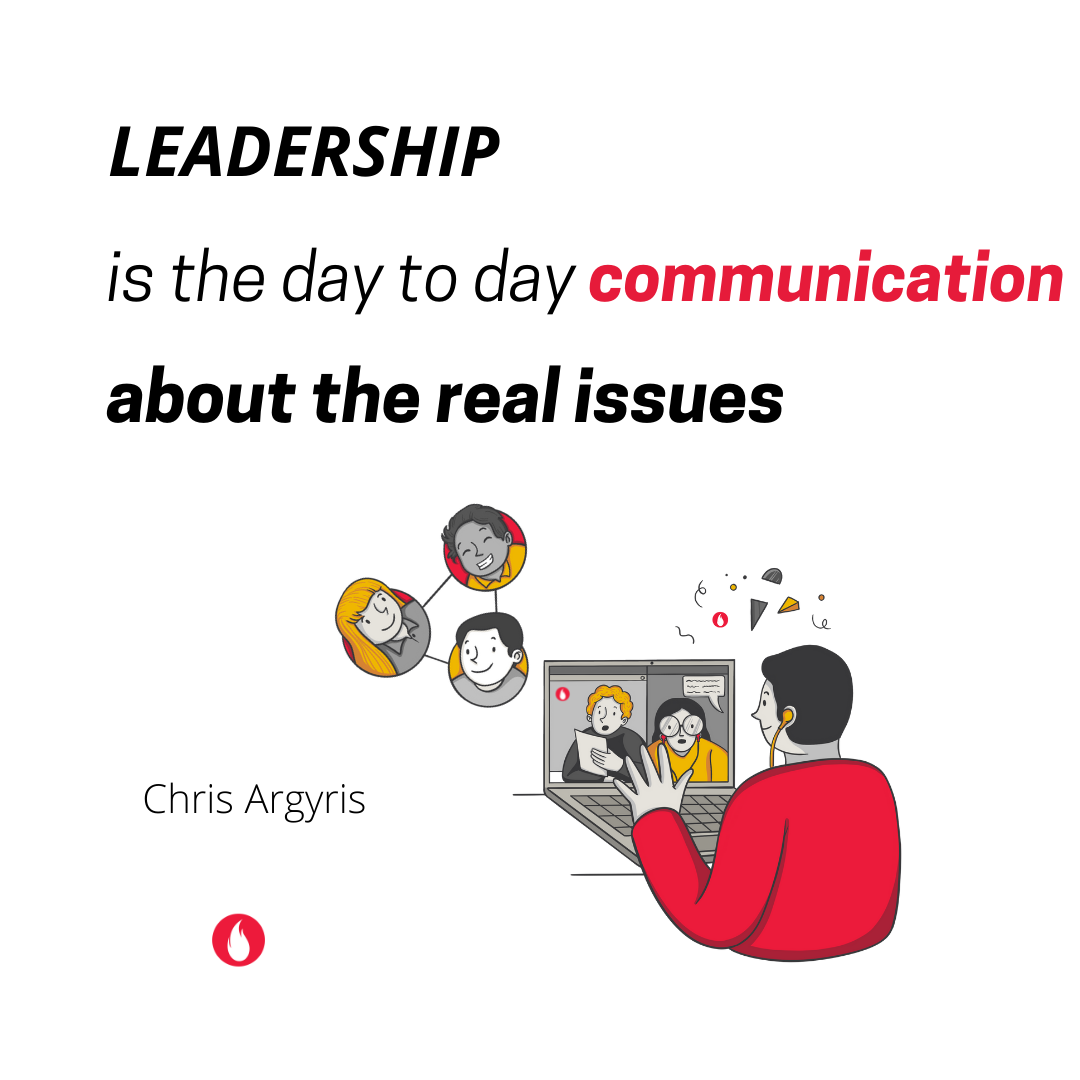
This edition on the Agile OWL we feature a guest post by Kavi Arasu (@_Kavi) and his thoughts on how Agile is a human and conversational approach to change. Kavi talks about the key ingredients of Agile As A Conversation below.
Look forward to hearing your views and musings on this topic. Share in comments or on social media or simply write in at programs@flyntrok.com.
Have you tried parsing all the stuff that gets to the surface on Agile, to try and find what it really is? Is Agile a methodology or is it a process? Several others claim that it is a new mindset that works in the tech industry. For us, Agile is a conversation, fundamentally.
How is that?
Well, lets turn to the Agile Manifesto of which describes what is valued (over and above what is important)
Individuals and interactions over processes and tools.
Working software over comprehensive documentation
Customer collaboration over contract negotiation
Responding to change over following a plan
Agile Manifesto
The first line settles the case for the preeminence of conversation while the ensuing ones bolster the case. Conversations pave the way for interactions. And unless effective conversations take shape, processes and tools don’t get to work their magic. Processes and tools are necessary, but they have to work for people! That is where Agile as a conversation, stands!
The ingredients for Agile As A Conversation
We speak of three elements when we speak of conversations. We encourage business leaders to bear these in mind when we have agile workouts with them.
Courage
Courage is at the centre of a conversation. Having the courage ensures that conversations happen in the first place. When truth is spoken to power and difficult issues wrestled with discipline, there is resolution to issues. The courage to disagree and speaking the mind without being disagreeable indicates the presence of a firm footing for Agile change!
Change conversations also have their own anxiety elements. Surfacing such conversations with courage make possible the hidden areas set for discussion.
Curiosity
Curiosity is a window to the existence of life in a system. To look at something and examine for what else it can be, is as human as it can get! Without curiosity, it is easy to stay mired in the realities of the present. That can be a death knell for change. Curiosity laden conversation is foundational to examine what can be and go further into ‘what if’ terrain. Curiosity, we find often, leads us directly to the land of ‘what does the customer really want?”
Humility
That brings us to humility. Humility laden conversations make agile change work well. They lubricate change. The other day, we were in a workout with a CxO group, where we were solving for enhancing customer satisfaction. The CEO of the group stood up and said, “if anybody wants to blame anyone for any mistake, please look at me. For I am the one who is responsible for it. I want us to begin anew and for that I am going to be the keeper of all our mistakes. Please leave them with me and go in free. Lets truly begin afresh.
For the rest of the workout, he lived the change by ensuring that he lead by example. Never judging and always willing to examine his biases. It changed the tide.
Agile As A Conversation
Quite often, Agile is seen as something that can be deployed from a distance and made to work. Like a software programme with a list of dos and don’ts.
In reality, that is barely the case. It is far better to imagine agile as a conversation. That enables approaching it in a human way. That is a steady foundation for change.
#AgileQuotes to sign off

Note : This post is Edition 39 of the Agile OWL from the OWL umbrella. The Agile OWL is a newsletter focused on the human experiences and stories within agile transformations. Sign up to receive the newsletter here







